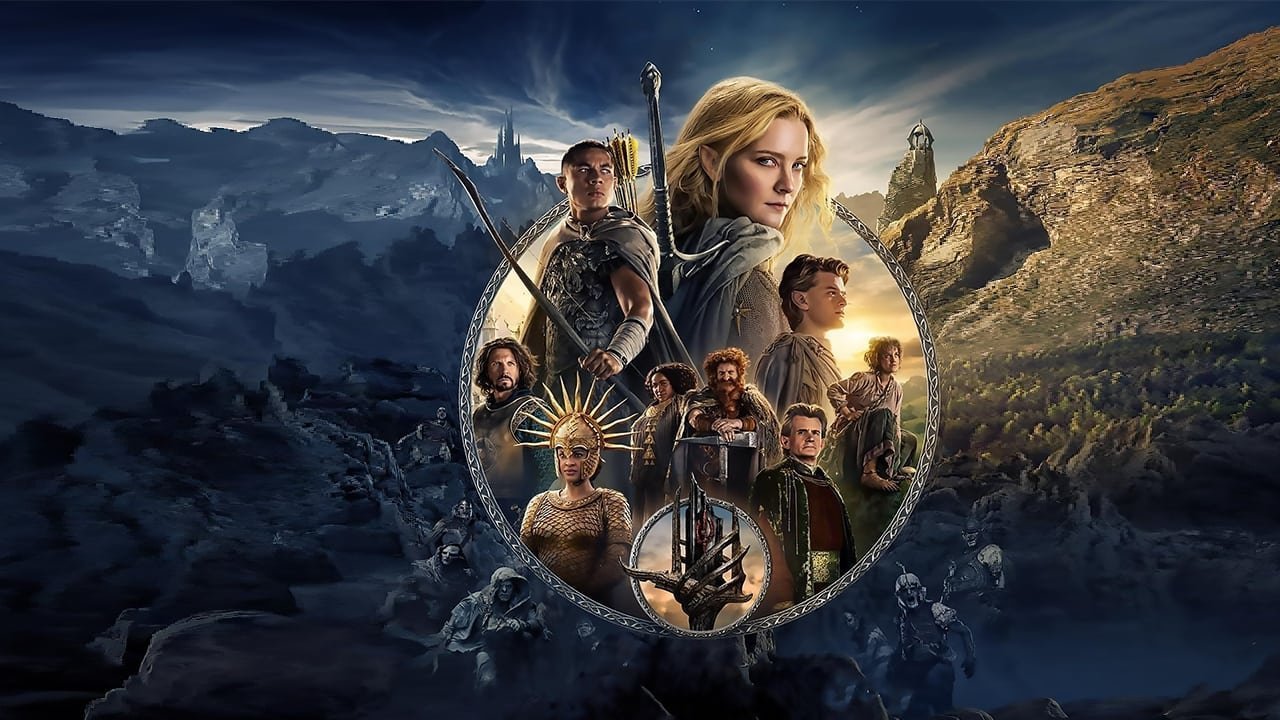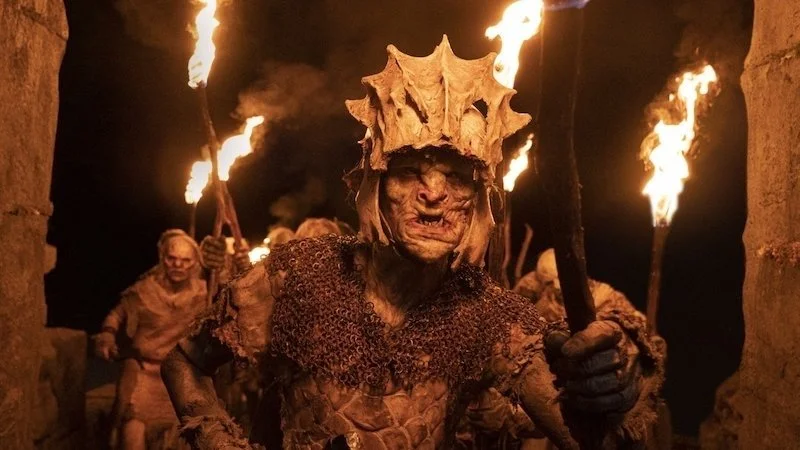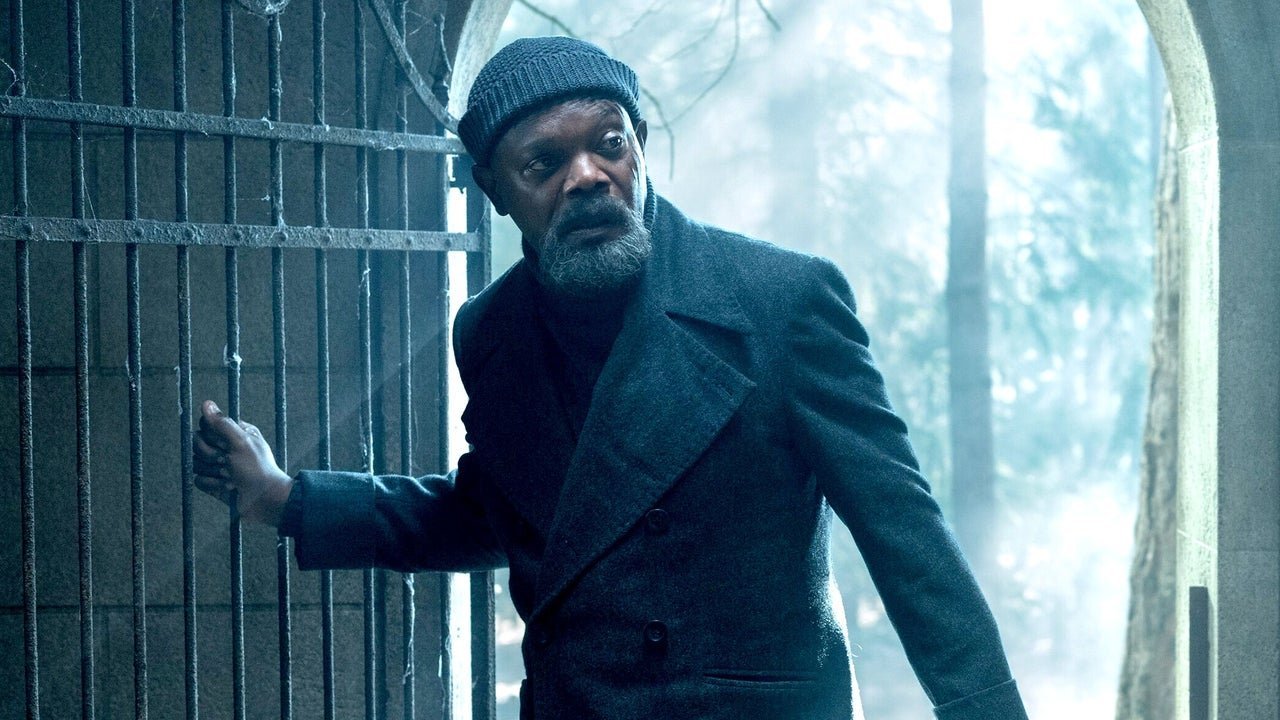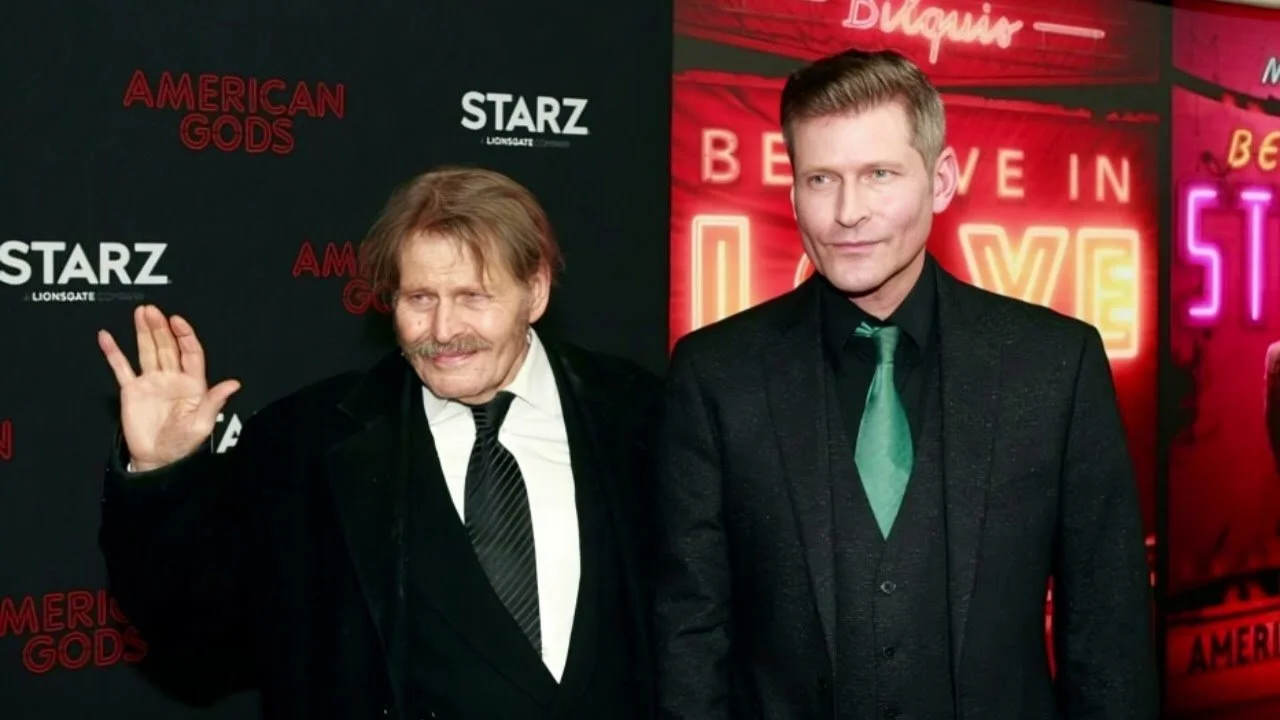Cinematographer Alex Disenhof Talks 'The Rings of Power'
Image Source: TMDB
It’s been the better part of a year since The Rings of Power aired on Prime TV. While season two’s filming wrapped just into the ongoing WGA strike, when season three will begin production remains to be seen. Still, with a predicted release of sometime in 2024, there’s a long way to go in post-production before we see season two on the screen.
Recently, Awards Radar sat down with Alex Disenhof to discuss his role in the filming of the two most explosive episodes of the debut season, Udûn and The Eye. Disenhof has been active in the industry since 2009, and his work with the camera has been seen in everything from a Taylor Swift music video to the hit HBO series The Watchmen. The episodes in question for The Rings of Power delivered some of the most exciting of the season, with Numenoreans arriving in Middle-earth, specifically the Southlands, to aid the people there in their fight against the Orcs under the leadership of Adar. Just when they’re celebrating their victory, a servant of Adar manages to be the catalyst that erupts the mountain that comes to be known as Mount Doom and forever changes the landscape of the Southlands.
RELATED:
Image Source: AWN
Disenhof talked extensively about lighting and environmental effects since it was a central part of the two episodes. There are shifts from night to day, and then, of course, there was the eruption of Mount Doom, casting the Southlands into a smoky hellscape, all tinted in red. To achieve that effect, Disenhof said, “We need to do it inside. So we recreated the village on a slightly smaller scale indoors. Then I surrounded it with an enormous softbox of light. We had muslin drapes all around the set and the ceilings. Behind it all, I had hundreds of airy sky panels, which are LED lights.” It took them a few tests to get the right color scheme, but it paid off. He also points out that most of this, of what people see on the screen, was achieved without green screens and the like. It was all practical effects, then augmented with a visual effects team that would add shapes and things in the smoke that the normal human eye would not be able to see.
Some of the hardest parts of the episodes to shoot involved the night scenes. “It’s a fine line as a cinematographer to know how dark to go. I wanted to give a perceived notion of darkness while still making sure that the audience could understand what was happening and wouldn’t have to squint,” Disenhof says. If you’ve been on social media in the last few years, especially since the end of Game of Thrones, you know people are especially vocal about being able to see things in the dark on shows. Cameras process light a little differently than people do, and sometimes light we can see is not so easily picked up by the camera. Disenhof points this out when he talks about the village at night, saying, “Moonlight would be very difficult to see by the camera, and it certainly wouldn’t pick it up. So you have to create a heightened state because the show doesn’t necessarily represent real life.”
Image Source: IGNSEA
This, of course, changes when the Orcs arrive with torches. It was really interesting to read what he had to say about torch and fire light in the night shoots. He points out that he “let that really take over the scene and allowed the flame to key the scene. You get a nice color contrast and dynamic stuff once you mix fire, light, and moonlight…That had its own set of challenges because I was using real fire. Those torches were real torches, and they only last for about a minute before they start burning down and the light gets less strong. It became a real logistical challenge having dozens of orcs holding torches and getting them all lit in time before they started burning out.” It comes together well in those scenes with the darkness surrounding these orange aura-lit areas, illuminating nothing but the harsh, jagged armor of the Orcs.
It was certainly a challenge to pull off, especially with their episodes coming later in the season. It presented the challenge of keeping in line with the previous camera work while also adding its own touch to it. But Disenhof said the collaboration between crews and their work with director Charlotte Brändström was fantastic, and everyone seemed to work well together. It’s an important part of any job, but even more so with some of the shots they went for and the planning involved.
Image Source: Dexerto
Disenhof’s work pays off, as the show is a visually stunning achievement, and it won’t be long before season two attempts to do the same.
READ NEXT:
Source(s): Awards Radar, IMDb
Hello, World!
















